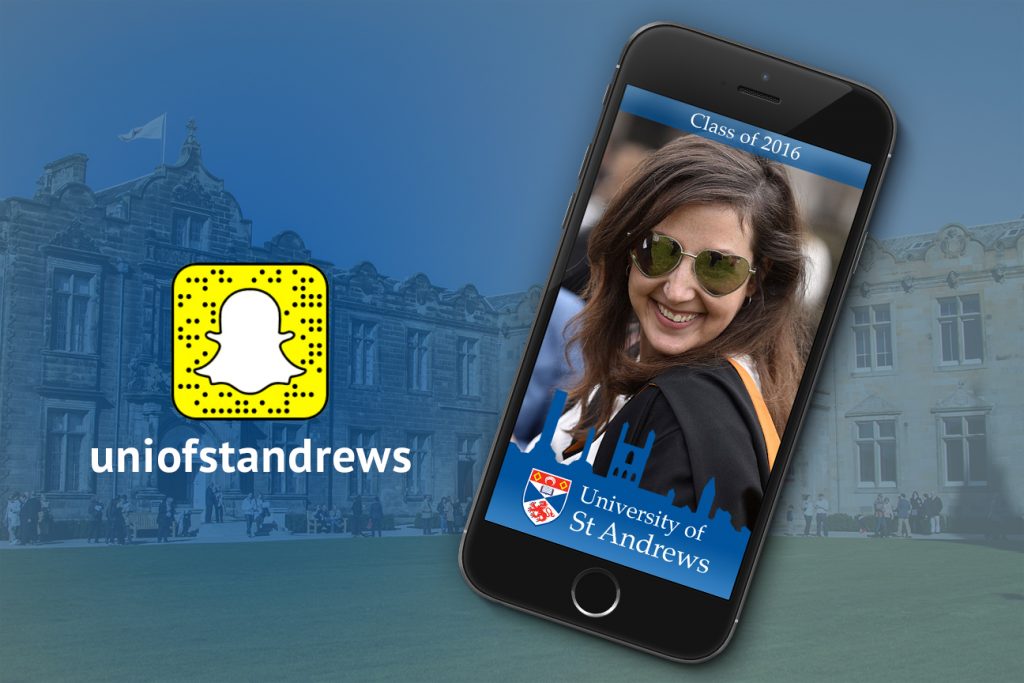A to Z of social media
The world of social media moves at a fast pace, and it can sometimes feel overwhelming trying to keep up with all the latest platforms, technologies and terms. To help, I’ve compiled an (almost) A to Z list of common social media terms alongside explanations.
This list is in no way exhaustive, but I hope you find it useful all the same.
Analytics
Social media analytics are data sets that tell you what has happened – how well a post has performed, how many people clicked on a link, how many followers you’ve gained in the past months and so on.
Brand advocate
This is a very satisfied customer that goes on to recommend your brand or product to others, often via social media. It is often very worthwhile for brands to engage with and reward their advocates in order to encourage future endorsements.
Crowdsourcing
This is when you obtain something (usually information or input) by enlisting the help of people via the internet. It can be anything from funding to ideas, but in terms of social media it usually relates to content.
DM
This is shorthand for “direct message”. Sometimes people may alternatively use PM for “private message”, but they both mean to send a message privately on social media as opposed to posting publicly.
Engagement
This is a broad term that covers all interaction on social media. In terms of posts, it includes link clicks, profile clicks, comments, shares and so on.
F4F
This means “follow for follow” and signals to other users on Twitter or Instagram that if they follow you, you will follow them back.
Geofilter
These are special overlays that Snapchat users can apply to their photos based on their geographic location. For example, during graduation we had a special geofilter available for Snapchat users in the University’s main quadrangle.

Hashtag
Hashtags function a bit like keywords in that they are a way to categorise your social media content and make your posts searchable by specific topic.
Influencer
This is someone with a large social media audience who is capable of setting trends and driving awareness. Brands often pay influencers to market their products: this is known as influencer marketing and the Kardashian sisters social media profiles are a good example of how this works.
Klout score
This is a rating of social influence online based on the size of users’ networks and how other people interact with their content – a large score indicates a user that has significant influence.
LinkedIn endorsement
You can endorse your connections skills on LinkedIn. Endorsements boost a profile’s credibility because they provide validation that you have the skills you claim.
Meme
A meme is a symbol or idea that spreads virally on social media. It can be a saying, a video or most commonly an image overset with humorous text.

Microblogging
Twitter and Tumblr are microblogging sites in that they allow users to broadcast short messages to a network of other users. Think of microblogging as a cross between traditional blogging and instant messaging.
Newsjacking
This is when brands and organisations capitalise on the popularity of a current news story or event in order to raise their profile. Perhaps the best example of this the Super Bowl XLVII’s infamous power outage.
Organic reach
This is the number of people who see a social media post without any paid distribution.
Pinned tweet
A pinned tweet is one that sticks to the top of your profile’s wall. This is a good way to draw attention to an important announcement or boost engagement as it will be the first tweet that visitors to your profile will see.
Quote retweet
When you retweet on Twitter you have the option to add your own comment too. This means your individual input or opinion can be added to the retweet.
Response rate
This is the time it takes the admin of a Facebook page to respond to queries or messages. To achieve a “very responsive to messages” badge, admin must respond to 90% of messages within a 15-minute timeframe – no mean feat.
Sentiment analysis
This refers to the analysis of the attitudes, emotions and opinions of social media users in relation to a brand or product. There are quite a few tools available to help with this.
Thread
In terms of social media, a thread is a sequence of responses to an original post or comment, so basically a virtual conversation.
URL shortener
URL shortening tools convert a regular URL e.g. http://www.facebook.com into a condensed format. This is particularly useful when posting links on platforms with limited character counts like Twitter.
Vlogger
Quite simply, someone who blogs via video rather than writing – some examples.
Who to follow
A Twitter feature that gives you tailored suggestions of accounts to follow based on the type of content you share and the accounts you’re already following.